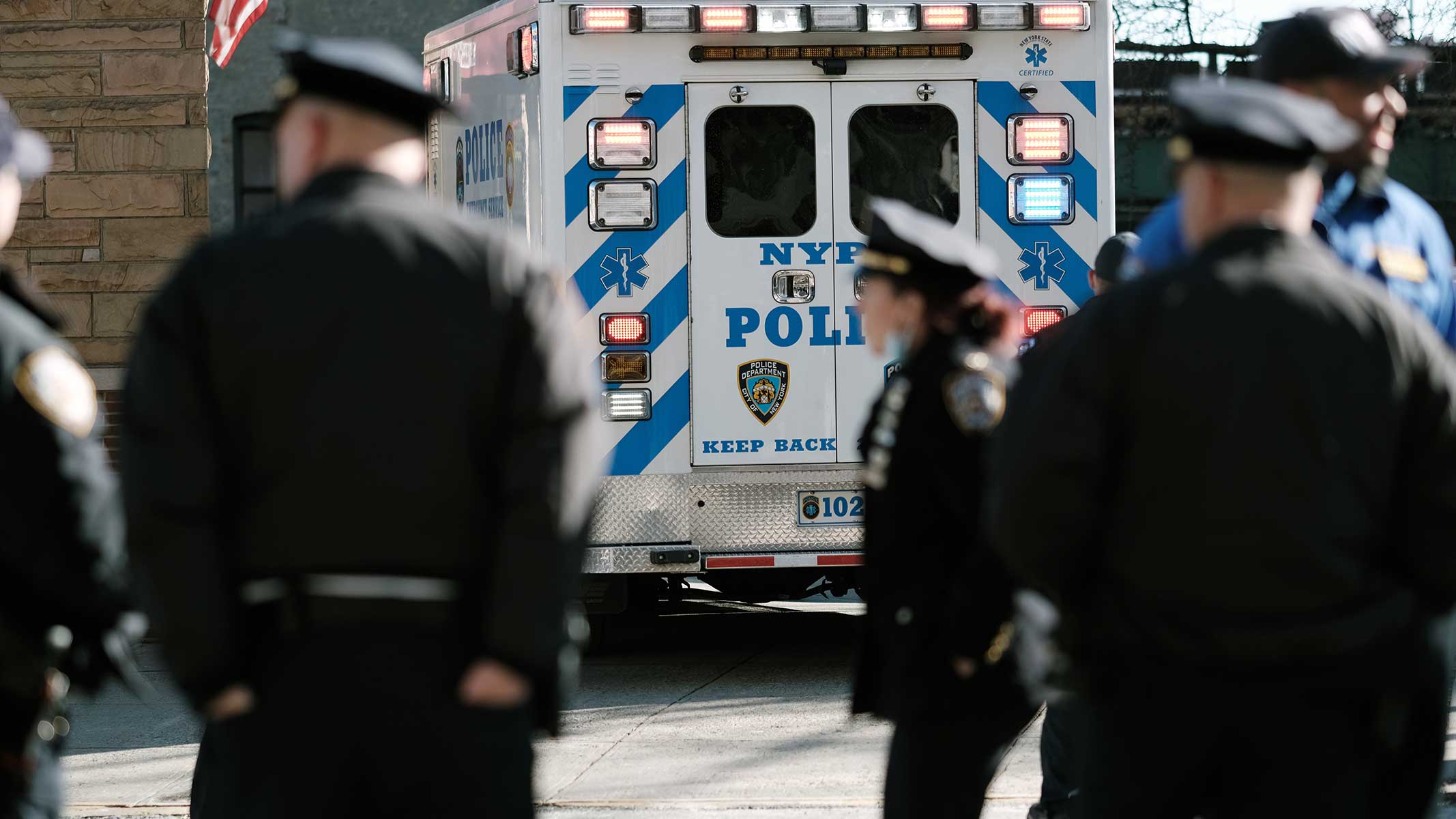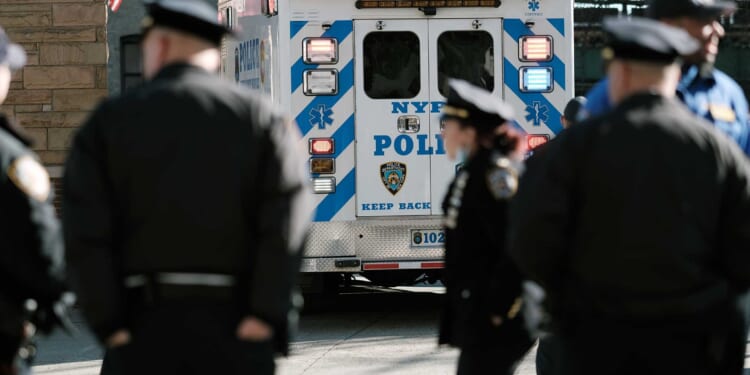
It’s been less than a month since 19-year-old Damien Hurstel of Staten Island murdered and decapitated his mother’s boyfriend, 45-year-old sanitation worker Anthony Casalaspro. Hurstel had a long record of mental illness. His mother told authorities that, after he turned 18—and despite pleading with doctors—she was shut out of his medical care and unable to determine if he was taking his medication or getting treatment.
There may be other, less explored factors contributing to this crime. Hurstel’s father is in prison. Casalaspro had been living with the family, including Hurstel’s younger sister, for the past few years. The New York Post reported that police had made at least five visits to the home for domestic violence incidents since 2021. In one 2023 incident, “sources said Casalaspro allegedly drunkenly attacked Hurstel before slapping the teen’s mom,” according to the Post. In another, neighbors reported that Hurstel’s mother’s leg was broken and that Casalaspro told the neighbor not to call 911. It’s possible that the volatile relationship between the mother and her boyfriend worsened Hurstel’s underlying violent tendencies.
Finally, a reason to check your email.
Sign up for our free newsletter today.
Tragedies like this are just the tip of the iceberg when it comes to family violence. According to New York City officials, “intimate partner violence” was up 29 percent last year, and nearly 40 percent of felony assault cases in the Big Apple since the outbreak of the pandemic have involved domestic violence. According to a midyear report from the Council on Criminal Justice using data from 30 cities around the country, “levels of 11 of 13 offenses were lower in the first six months of this year compared to the first half of 2024,” but “domestic violence was the only offense that rose during this period, while drug offenses remained even.”
It’s no coincidence that domestic violence and substance abuse remain stubbornly high. “Systematic review of research conducted from several different perspectives has . . . documented a relationship between the use of illicit drugs and intimate partner violence,” an article from the American Journal of Orthopsychiatry states. The authors note that “use of cocaine, amphetamines, and marijuana have been linked with risk for intimate partner violence within both the general population and populations of men seeking treatment for either substance abuse or intimate partner violence.” Another study found that “even after allowance for antisocial personality, severity of alcohol abuse, and other potential influences, frequency of illicit drug use still contributed to risk for intimate partner violence perpetrated by alcoholic men.”
None of this is surprising or complicated. People high on drugs are more likely to do crazy things like beat their partners. And in many places, drug use is becoming more legal, common, and culturally acceptable. The indisputable connection between chronic use of high-potency THC among teens and young adults and psychosis has been well documented and may be contributing to the problem.
Nevertheless, domestic violence—like child abuse—is hard to measure because it depends crucially on people’s willingness to report it and how government agencies investigate, document, and prosecute it. According to a New York Daily News analysis of NYPD crime data, “Nearly 1,000 domestic violence arrests in The Bronx over the first three months of 2025 were not prosecuted by the district attorney’s office because victims declined to cooperate with prosecutors.”
That doesn’t begin to get at the problem of activists suggesting we should “decriminalize domestic violence” because it furthers “mass incarceration” and deepens racial disparities in the criminal justice system.
To its credit, the NYPD just launched a big new domestic-violence division to handle the exploding number of cases. This division will include 450 cops tasked solely with handling domestic-abuse cases in the five boroughs. The division will also include new positions to help the city’s prosecutors with these difficult cases.
Announcing the new unit, Mayor Eric Adams said, “I’m not new to this fight. I know it well. I know it as a police officer and also growing up in a household where an abusive parent can exist. I know we could do more.” He concluded, “It impacts children, it impacts families, and it traumatizes those who are victims.”
Indeed, family violence is a risk factor for child abuse, and for violence outside the home. The NYPD’s new unit could have a lot of positive effects. Let’s hope that the next mayor’s administration stays committed to it.
Photo by Spencer Platt/Getty Images
City Journal is a publication of the Manhattan Institute for Policy Research (MI), a leading free-market think tank. Are you interested in supporting the magazine? As a 501(c)(3) nonprofit, donations in support of MI and City Journal are fully tax-deductible as provided by law (EIN #13-2912529).
Source link


















